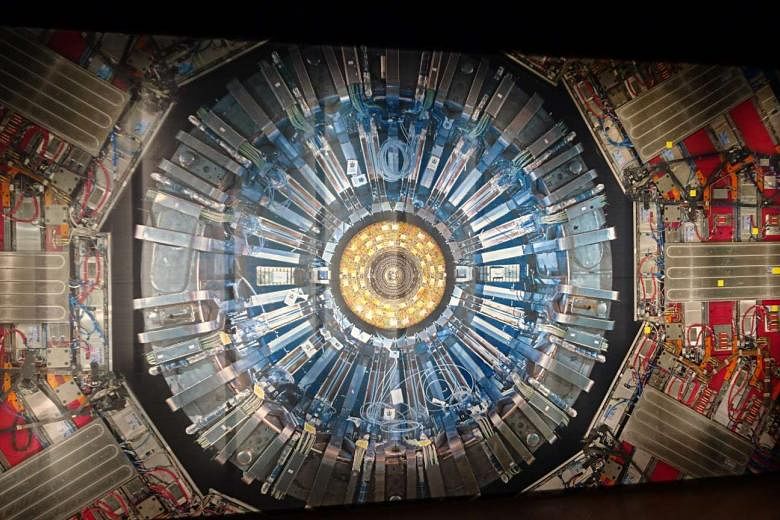Pieces of the Large Hadron Collider (LHC) have come to town.
Collider, the award-winning exhibition by the London Science Museum, will make its Asian debut from tomorrow (Nov 14) at the ArtScience Museum, where it will give visitors a closer look at the continuing work on the world's largest machine.
The world's biggest particle accelerator is located 175 metres underground, beneath the France-Switzerland border, and extending over a circumference of 27km.
The LHC is usually not easily accessible. Built by CERN, or the European Organization for Nuclear Research, the LHC is used to measure the impact of particles, which allows scientists to test the predictions of various theories in physics, to increases mankind's understanding of physical laws in the universe.
The exhibition also recreates certain areas in CERN, including office spaces and laboratories inside the facility, and also offers visitors a closer look at some of the hardware used in the LHC.
One highlight is a Radiofrequency Cavity, which is used to accelerate charged particles. Once the Singapore leg of the exhibition closes early next year, the metallic chamber is slated to be returned to CERN, and will not move with the rest of the exhibition.
Tickets, priced at $15 for adults, $12.80 for senior citizens (65 and above) and $9 for children age between two and 12, are available from the Marina Bay Sands box office and website. Depending on the categories, Singapore residents pay $10, $8.50 and $6 for admission.
















